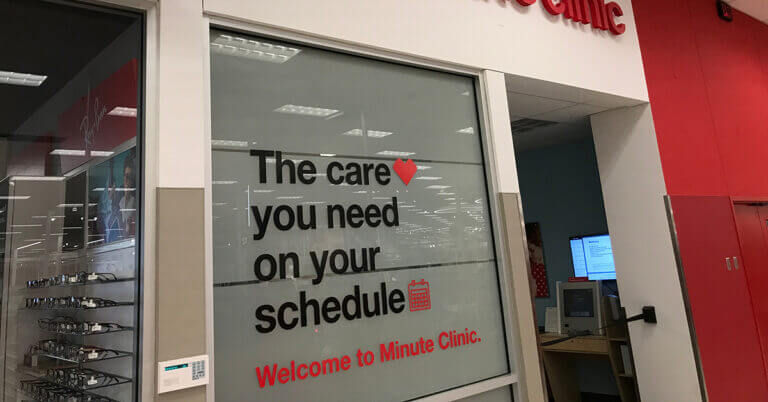June 13, 2019
Why Service Doesn’t Mean Services at Highly Rated Hospitals

What were you expecting, an ICU?
A new study in JAMA Internal Medicine reveals that the hospitals patients rated highly for service were less likely to have the actual medical services that many patients may have needed.
The findings again point to the limitations of publicly available provider rating systems and to the need for patients to become aggressive healthcare consumers and advocates for their own medical care.
In the study, researchers from the Johns Hopkins University School of Medicine and School of Public Health looked at the services provided by hospitals that earned five out of five stars from patients based on their patient experience. They then compared those services with services provided by hospitals that earned four or fewer stars from patients based on their patient experience.
Patient experience is one of seven domains that CMS uses to determine how many overall stars a hospital receives on the agency’s five-star rating system. A hospital’s patient experience score counts toward 22 percent of its overall star-rating, which the CMS publishes on its Hospital Compare website.
In addition to looking up a hospital’s overall star rating, consumers can look up how many stars CMS awarded a hospital specifically for patient experience.
The researchers’ pool of hospitals for the study consisted of 150 hospitals that earned a five-star patient experience rating from CMS in 2014, and 2,648 hospitals that earned four patient experience stars or less from CMS in 2014. They compared the two groups of hospitals based on 12 different services.
On all 12 services that they studied, five-star patient experience hospitals provided less of them than all the other hospitals. For example:
- 3 percent of five-star hospitals had emergency departments compared with 95.3 percent of the other hospitals
- 42 percent of the five-star hospitals had intensive care units compared with 90.6 percent of the other hospitals
- 5 percent of the five-star hospitals had obstetrics units compared with 82.2 percent of the other hospitals
- 3 percent of the five-star hospitals had oncology services compared with 75.3 percent of the other hospitals
- 6 percent of the five-star hospitals had interventional cardiac catherization services compared with 53.6 percent of the other hospitals
On one hand, the results are counterintuitive. You’d think five stars would mean more services. On the other hand, it kind of makes sense. We’re talking about service, not services. We’re talking about things like clean rooms and whether it was quiet and was the staff responsive to your questions. A lot of those things are harder to pull off in messy, loud and busy EDs, ICUs and labor and delivery floors.
“Hospitals that provide comprehensive services are more likely to receive ‘non-elite’ ratings, in part because of challenges related to communication and responsiveness among more complex patient populations,” the researcher said.
I’d hate to think that some of the five-star hospitals deliberately didn’t offer those services because they knew it would hurt their star ratings and they’d lose patient volume as consumers chose other hospitals. Or that they deliberately didn’t offer those services because they didn’t pay well. Let’s not go there.
Either way, it’s a good lesson for consumer-minded patients. Just because a hospital is highly rated for service doesn’t always mean it offers the care you need to fix your medical problem.
“Patients who seek ‘elite’ care and narrow their search to 5-star patient experience hospitals might therefore be surprised that many types of expected services (e.g., emergency department, cardiology, and neurology) may not be available,” the researchers said.
Here’s what I say. All the publicly available provider ranking and rating systems can be useful in helping patients pick a hospital or doctor for their care. But all the systems have flaws or limitations or formulas that may not result in a perfect match for what patients really need, and that’s the best possible clinical care at the lowest possible cost. That’s value. It’s up to patients to be aggressive consumers and find it.
For more on this topic, please read:
- “DIY Hospital Ratings: Do Your Star Align for What’s Most Important to Patients?”
- “Want Better Cardiac Outcomes? Just Follow the Money”
- “Death by Healthcare Knockoff”
All on 4sighthealth.com.
Thank you.
Author
David Burda is a columnist for 4sight Health and news editor of 4sight Friday, our weekly newsletter. Follow Burda on Twitter @DavidRBurda and on LinkedIn. Read his bio here.





